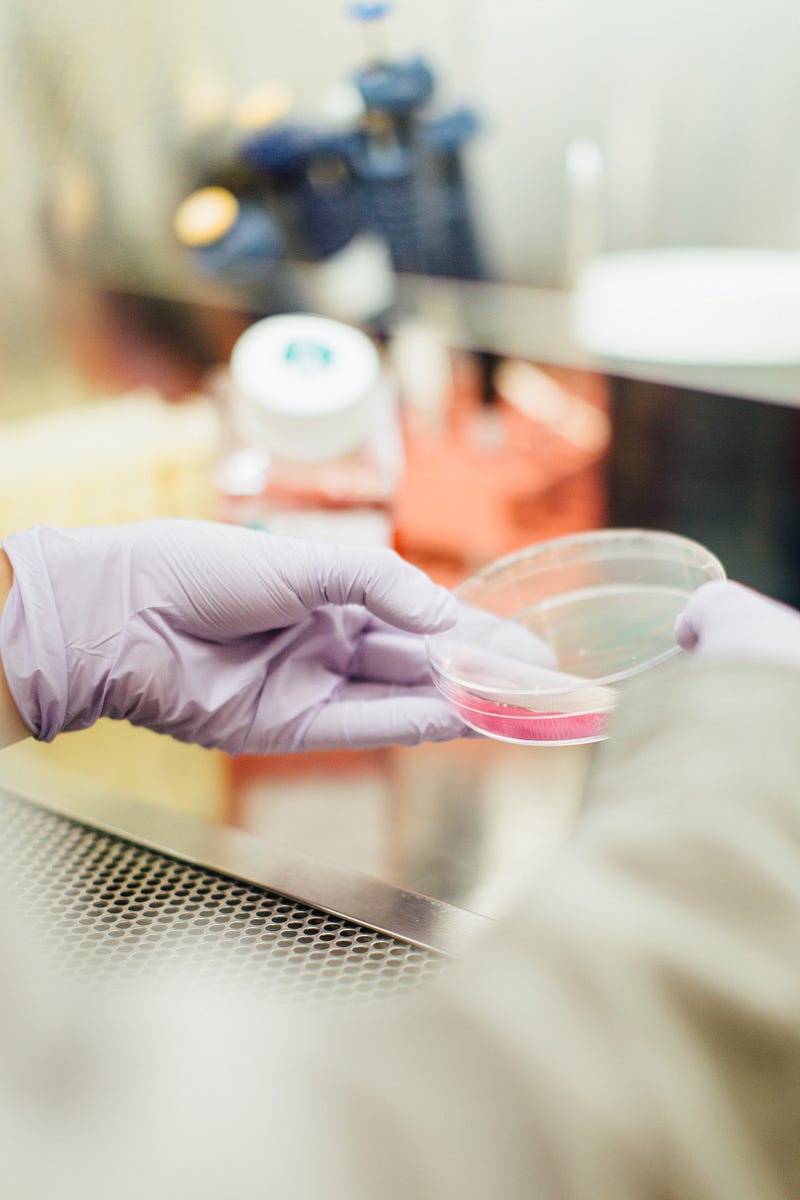
# Unveiling the Intricacies: Autophagy in Cellular Homeostasis and Disease Pathogenesis
Cell biology is a field that continuously unravels the complex mechanisms underlying cellular processes. In recent years, autophagy has emerged as a fascinating area of study, garnering attention for its pivotal role in maintaining cellular homeostasis and its implications in various disease pathologies. In this article, we delve into the intricacies of autophagy, exploring how it regulates cellular balance and influences disease development.
## Understanding Autophagy
Autophagy is an essential process within cells that involves the degradation and recycling of unnecessary or dysfunctional components. It acts as a quality control mechanism by removing damaged proteins, organelles, or invading pathogens to maintain optimal cell function.
The term “autophagy” originates from Greek words meaning self-eating — a concept that accurately describes this process’s ability to break down cellular material for reuse. The primary pathway involved in autophagy is called macroautophagy, where cytoplasmic cargo is engulfed by double-membrane structures called autophagosomes before fusing with lysosomes for degradation.
## Regulating Cellular Homeostasis
Autophagy plays a crucial role in sustaining cellular health by contributing to several aspects of homeostasis:
1. **Protein Quality Control:** Misfolded or aggregated proteins can disrupt normal cellular functions. Autophagic pathways selectively recognize these aberrant proteins and target them for degradation — preventing their accumulation and potential toxicity.
2. **Organelle Turnover:** As cells age or encounter stressors, organelles such as mitochondria may become damaged or dysfunctional — a phenomenon known as mitochondrial dysfunction. Autophagic processes remove impaired organelles through mito-autophagy (mitochondrial-specific autophagy), ensuring efficient turnover and replacement with healthy counterparts.
3. **Metabolic Adaptation:** During nutrient deprivation or metabolic stress, autophagy enables cells to recycle intracellular components, providing an alternative energy source. This adaptive response helps maintain cellular viability and survival during challenging conditions.
## Implications in Disease Pathogenesis
The dysregulation of autophagy has been implicated in various disease pathologies:
1. **Neurodegenerative Disorders:** Conditions such as Alzheimer’s, Parkinson’s, and Huntington’s diseases are characterized by the accumulation of misfolded proteins within neurons. Impaired autophagy contributes to protein aggregation and disrupts normal cellular function — a hallmark feature observed in these neurodegenerative disorders.
2. **Cancer:** Autophagy demonstrates a dual role in cancer — both inhibiting tumor initiation by facilitating the removal of damaged DNA or oncogenic proteins and promoting tumor progression by supporting cancer cell survival under stressful conditions like hypoxia or nutrient deprivation.
3. **Inflammatory Diseases:** Dysfunctional autophagic processes can lead to chronic inflammation due to impaired clearance of intracellular pathogens or dysfunctional immune responses — an association seen in inflammatory bowel disease (IBD), Crohn’s disease, or systemic lupus erythematosus (SLE).
## Therapeutic Potential and Future Directions
Given the involvement of autophagy in numerous diseases, it represents an attractive target for therapeutic interventions:
1. **Pharmacological Modulators:** Researchers are actively exploring compounds that modulate autophagic pathways with hopes of developing targeted therapies for specific diseases. These include mTOR inhibitors like rapamycin and its analogs that enhance autophagic flux.
2. **Genetic Approaches:** Studying genes involved in regulating autophagy has provided valuable insights into potential therapeutic targets — for instance, enhancing mito-autophagy through PINK1/Parkin signaling as a potential strategy for treating mitochondrial dysfunction-related disorders.
3. **Precision Medicine:** Understanding individual variations in the regulation of autophagy may allow for personalized therapeutic strategies. Identifying genetic or epigenetic factors that influence autophagic processes could help tailor treatments to specific patient profiles.
## Conclusion: Unraveling the Complexity
The study of autophagy in cell biology has provided a deeper understanding of how cells maintain their equilibrium and respond to various internal and external challenges. Autophagy’s central role in cellular homeostasis, as well as its implications in disease pathogenesis, highlights its significance as a target for therapeutic interventions.
As researchers continue to uncover the intricacies of autophagic pathways and their connections to different diseases, it is becoming clear that modulating autophagy presents promising opportunities for developing novel treatment approaches. By harnessing this knowledge, we embark on a journey towards deciphering the complexities of cellular mechanisms while striving to combat devastating diseases more effectively.
*Note: This article aims to provide an overview based on current research; it does not constitute medical advice or endorse specific treatment options.*

No comments:
Post a Comment